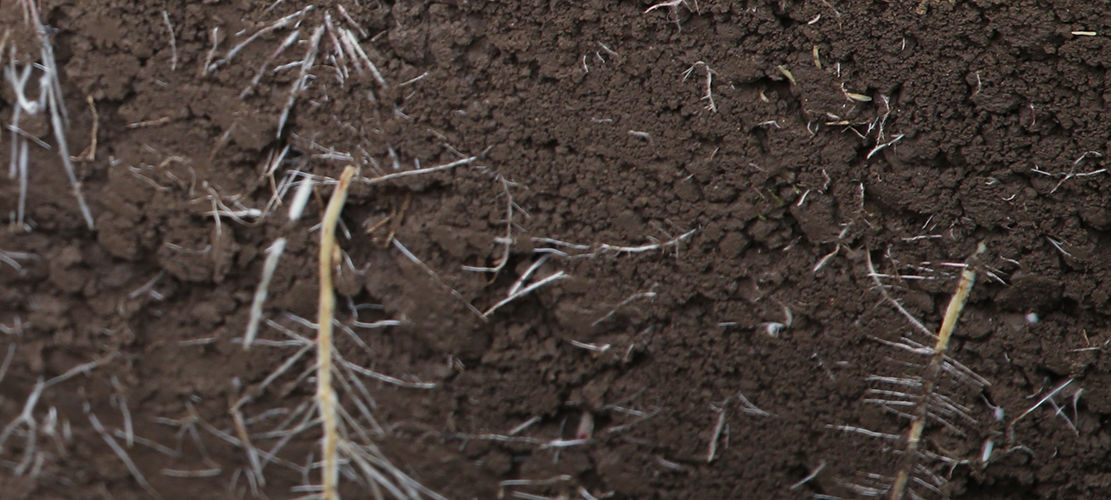wurzelfenster

RootWayS - Deep-rooting cover crop mixtures: Creating highways to subsoil water and nutrient resources
Project number: 031B0911A
Contact: Dr. Iris Zimmermann and Prof. Dr. Sandra Spielvogel,
University Kiel
Mail: i.zimmermann@soils.uni-kiel.de
Project team: Georg-August-Universität Göttingen, Helmholtz Zentrum
für Umweltforschung (UFZ), Feldsaaten Freudenberger,
Forschungsinstitut für biologischen Landbau (FiBL)
Duration: 01/04/2020 – 31/03/2024
Project aim
This project aims at optimization of deep rooting winter cover crop mixtures as a strategy for fast access of the main crop (maize) to subsoil resources (nutrients, water) by root channel re-use in conventional cropping systems.
Motivation
As increasing drought frequencies and intensities will reduce nutrient availability in dry topsoils, future conventional agriculture has to manage subsoils as valuable water and nutrient sources. This project aims at optimization of deep rooting winter cover crop mixtures as a strategy for fast access to subsoil resources by root channel re-use in conventional cropping systems. The niche complementarity principle will be used by combining shallow and deep-rooting species of one functional cover crop group to form deep-reaching root channels even during short winter growing season. The relevance of cover cropping as subsoil-exploring management practice will be determined depending on two key factors: 1) Soil properties by conducting experiments on the three key agricultural soil types in Germany and 2) Soil water supply by simulated drought events by rainout shelters.
Expected results
For the first time, RootWayS will develop a method for pore-specific detection of the re-use of root channels of different cover crop mixtures. Reasons for the preferential re-use of root channels of certain cover crops will be determined. The influence of cover crops on water and nutrient utilization by maize will be scaled up to the field level. Drought stress experiments will allow predicting the improvement of drought stress resistance of maize by optimizing the access to the subsoil. Our results will allow the implementation of site-specific cover crop mixture recommendations for maize cultivation and thereby a soil management concept that counteracts drought-related harvest losses in silo maize cultivation by improving the access to subsoil resources. A marketing concept for deep-rooting cover crop mixtures will be developed in cooperation with a seed company and its first implementation will be initiated.

